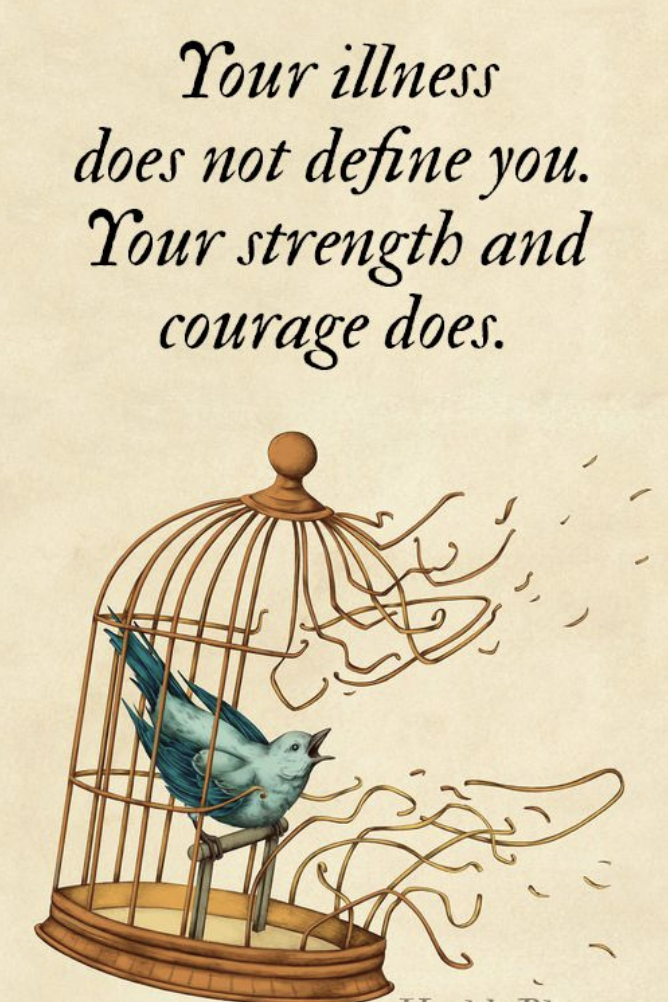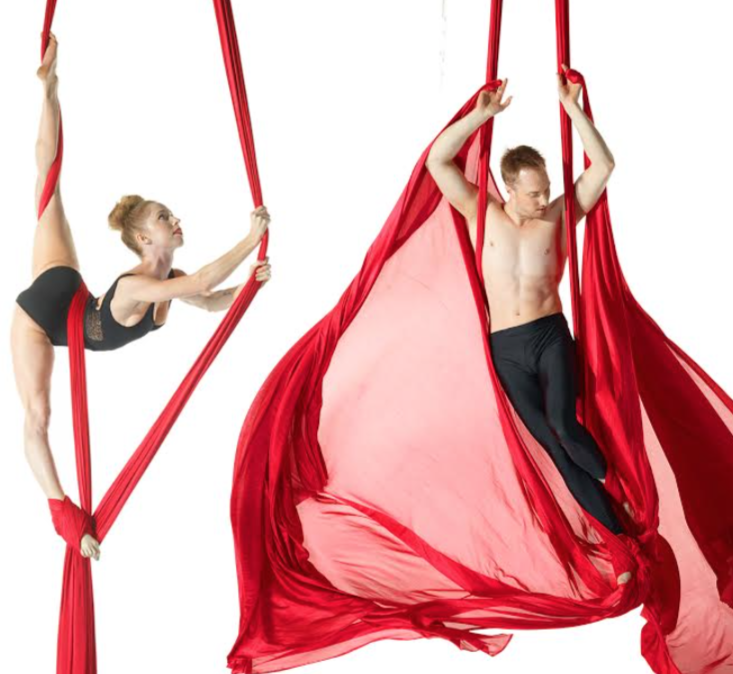Even if you have been lucky enough to escape serious illness or injury so far in your aerial career, chances are someone in your community has been effected and you have witnessed them having to take time out from aerial training in order to recover or in some unfortunate cases, fight for their health and their lives!
Here at our studio in Los Angeles, many of our students have been regularly attending aerial classes for more than five years! Sometimes they will take a break for family or work related reasons, other times it is due to injury or illness but they almost always return to their aerial training be it after a few weeks or sometimes many months.
Recently we received an email from one of our long-time students:
“Can I ask that you cook up something on coming back from lengthy illness/injury? I’ve been out the whole year. Had a couple surgeries on my dominant side (upper body) and am still on medical treatment. Probably more surgery to follow. I’ve been focusing on Pilates and some flex classes once approved for exercise. I’ve done ok in the couple of total beginner aerial classes I’ve done recently, but would love any input you might have to offer on getting back where I was (more intermediate level in a few apparatuses).
Thanks!” – H
We can only imagine how challenging it must be to take an entire year off doing something you love like aerial. Combine that with battling a debilitating illness that includes multiple surgeries like our brave student ‘H’ here and you have an incredibly difficult year.
When returning to aerial training after time off for serious injury or illness there are some important issues to consider:
1. Be Patient
We know how challenging it is to wait until you are fully recovered to return to aerial class or training. Watching your friends posting cool combinations and tricks on Instagram while you are stuck in bed eating chicken soup is no fun at all! Try to focus as much energy as possible on healing, no matter how long it takes so that when you do return to your training you can focus on rebuilding your strength and endurance rather then the illness or injury itself.
Be sure you have been cleared by your medical provider to return to aerial class or training so that you do not put yourself at risk of further exacerbating the issue.
2. Take Baby Steps
Once you have been cleared to return to aerial training, start small. Take a beginning flexibility class. If that feels OK, add in a little Pilates or Yoga. Once you feel ‘connected’ to your body again (this may take a week or three months depending on the nature of your illness/injury and how long you were out for) add in a beginning aerial class on the apparatus of your choice.
Be sure to check in with both your body and your mind during these first few classes. How are you feeling? Does anything hurt? Are you afraid? If so, of what? It is natural to experience both physical and psychological barriers when returning to the air after a prolonged absence. Try not to judge yourself for this. If you are consistent and persistent and TAKE YOUR TIME, understanding that recovery is a process, you will be back to your old, fearless self sooner than you might think, likely having gained a lot more wisdom and maturity for having done so.
3. Be Kind to Yourself
Watching your classmates shimmy up the silks like graceful sprites can be disheartening when you are returning to aerial class after a prolonged absence. Remind yourself that you will be able to climb, invert, and drop effortlessly again, as long as you continue to show up for yourself and don’t get discouraged.
Practicing positive self talk is an extremely important part of your return to aerial training. Instead of comparing where you are NOW with where your classmates are at, stay focused on yourself and your goals for each class or session. Remind yourself that you are strong and resilient and the fact that you are back, pursuing your passion after overcoming adversity is testament to this.
4. Set Goals
As you go about reconnecting with your body and booking your first aerial classes, take a few minutes to write down your aerial goals. Start with 3-4 attainable, short term goals such as:
“By the end of this month I will be able to climb to the top of the Silks”
Or:
“In 2 weeks I will be able to invert from the ground.”
Then add in 1-2 longer term goals (within 6 months) such as:
“I will perform aerial at my studios showcase in November.”
Or:
“By the end of the year I will create a new solo act on Aerial Hammock.”
Make both your short and longer term goals inspiring and attainable. Refer to your goals regularly and let them buoy your spirits as you continue on your courageous journey of recovery.

Have a wonderful and inspired rest of your week!







